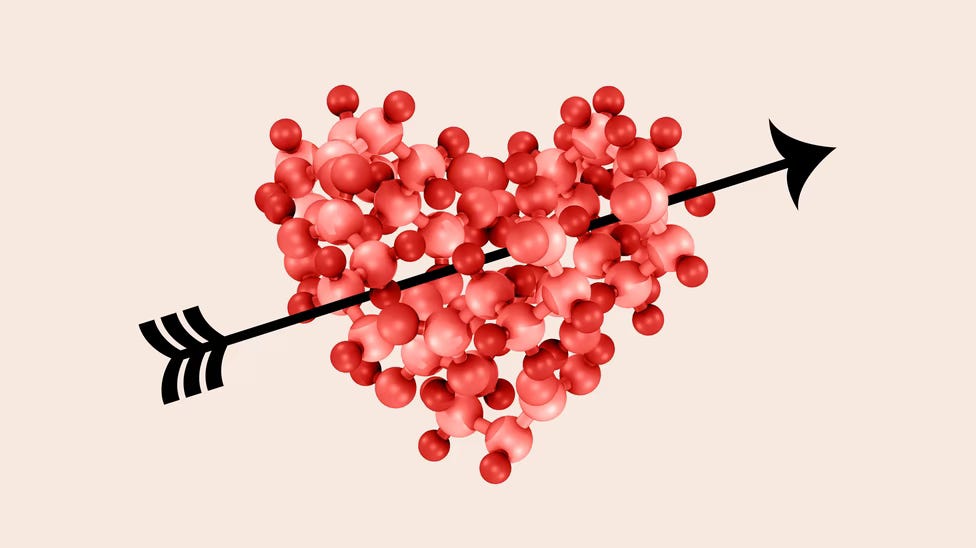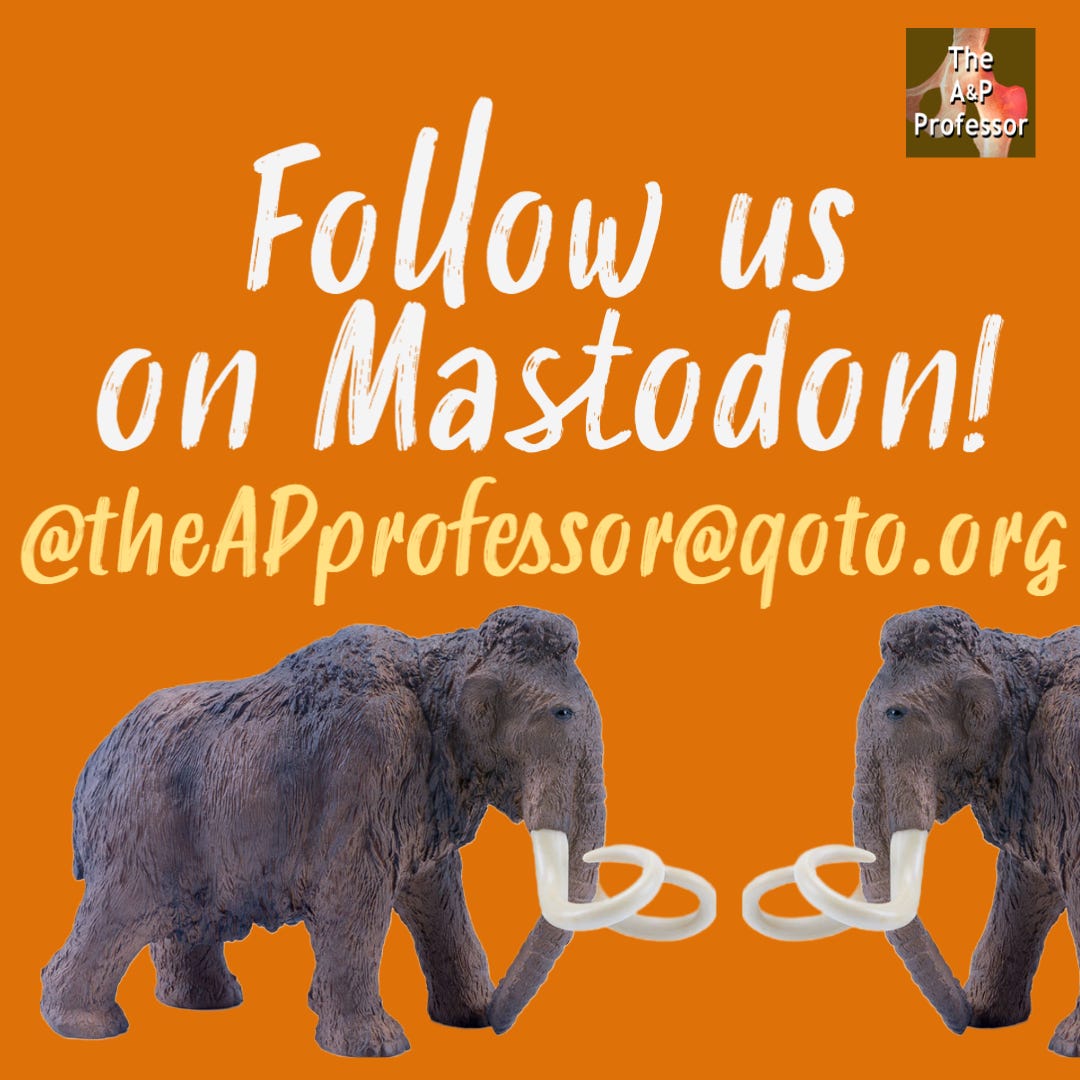Sci-Ed Update 247
Restoring damaged myelin, questioning the roles of oxytocin, the legality of proctoring software, a hidden deadly disease, and more stories for anatomy and physiology faculty.
Credit: iStock
Brain Chemical Restores Myelin in Mouse Model of MS
A University of Alberta researcher is one step closer to demonstrating the potential of a brain molecule called fractalkine to halt and even reverse the effects of multiple sclerosis and other neurodegenerative diseases.
In new research published in Stem Cell Reports, Anastassia Voronova, assistant professor in the Faculty of Medicine & Dentistry and Canada Research Chair in Neural Stem Cell Biology, injected fractalkine into mice with chemically induced MS.
She found the treatment increased the number of new oligodendrocytes — vital brain and spinal cord cells that produce myelin in both embryonic and adult brains — which are damaged during the MS autoimmune attack.
“If we can replace those lost or damaged oligodendrocytes, then they could make new myelin and it is believed that would halt the disease progression, or maybe even reverse some of the symptoms,” Voronova says. “That's the Holy Grail in the research community and something that we're very passionate about.”
Read more→ AandP.info/8n7
Matt Chase / The Atlantic; Getty
Scientists Tried to Break Cuddling. Instead, They Broke 30 Years of Research.
Oxytocin, often lauded as the “hug hormone,” might not be necessary to induce affection.
Of the dozens of hormones found in the human body, oxytocin might just be the most overrated. Linked to the pleasures of romance, orgasms, philanthropy, and more, the chemical has been endlessly billed as the “hug hormone,” the “moral molecule,” even “the source of love and prosperity.” It has inspired popular books and TED Talks. Scientists and writers have insisted that spritzing it up human nostrils can instill compassion and generosity; online sellers have marketed snake-oil oxytocin concoctions as “Liquid Trust.”
But as my colleague Ed Yong and others have repeatedly written, most of what’s said about the hormone is, at best, hyperbole. Sniffing the chemical doesn’t reliably make people more collaborative or trusting; trials testing it as a treatment for children with autism spectrum disorder have delivered lackluster results. And although decades of great research have shown that the versatile molecule can at times spark warm fuzzies in all sorts of species—cooperation in meerkats, monogamy in prairie voles, parental care in marmosets and sheep—under other circumstances, oxytocin can turn creatures ranging from rodents to humans aggressive, fearful, even prejudiced.
Read more→ AandP.info/a1k
Thinking about the next pandemic keeps lots of researchers busy. Peter Zelei Images/Getty Images
9 diseases that keep epidemiologists up at night
The virus now known as SARS-CoV-2 — which causes the disease COVID-19 — is still spreading. But for those who study infectious diseases, talking about possible next pandemics is a necessity.
That's why the World Health Organization keeps a list of viruses and bacteria with pandemic potential. Jill Weatherhead of Baylor College of Medicine says prioritizing diseases is generally based on two factors: their ability to spread and the ability of humans to treat them.
The list helps guide scientists, governments and organizations in investing energy and funds to study the pathogens most likely to cause the greatest devastation to humans. The WHO develops "blueprints" with strategic goals and research priorities for each disease on the list.
Read more→ AandP.info/552fdb
The A&P Professor is on Mastodon
Okay, not much of a TAPP presence there yet, but I’m ready if Mastodon maintains its status as the go-to place for STEM educators to communicate informally. If you’re thinking of dipping your toe into Mastodon, simply create a profile on a Mastodon server (e.g., qoto.org) then follow us @theAPprofessor@qoto.org
Then flip through the beginner’s guide below. We’ll learn how to do this together!
Image by: Opensource.com
A beginner's guide to Mastodon
You made the switch to Mastodon. Congratulations! Here's what you should do next.
Read more→ AandP.info/std
Photo Illustration: Jonathan Hurtarte/Bloomberg Law; Photos: Getty Images
Virtual Exam Case Primes Privacy Fight Over College Room Scans
A legal dispute over a university’s use of exam proctoring software that allegedly scanned students’ rooms is set to shape the scope of Fourth Amendment and privacy protections for online college tests.
Cleveland State University last week asked a federal appeals court in Cincinnati to review a district court finding that the “room scans” were unconstitutional searches. The case could influence how other students litigate their privacy rights and change how universities virtually monitor their students during exams, attorneys said.
The US Court of Appeals for the Sixth Circuit’s eventual decision will become “cited in future lawsuits” regardless of the outcome, said Anna Bullock, an associate at Kohrman Jackson Krantz LLP practicing in education and technology law.
Read more→ AandP.info/lwz
Newly Discovered Genetic Disease Is More Common Than Expected
A recently discovered inflammatory disease known as VEXAS syndrome is more widespread and dangerous than previously understood, a new genetic analysis suggests. While it's rare, researchers believe the disease may affect tens of thousands of men in the U.S. and may frequently go undiagnosed.
"Is VEXAS really more common than we think with patients hiding in plain sight? The answer is yes," says Mayo Clinic rheumatologist Matthew J. Koster, MD, who's studied the disease but didn’t take part in the new research project. His institution, he says, sees a patient with the disease every week or two.
Researchers first described VEXAS syndrome in 2020 and gave it its name, which stands for several of its traits – vacuoles, E1-ubiquitin-activating enzyme, X-linked, autoinflammatory, somatic. The disease is linked to a gene mutation that seems to disrupt how the body identifies dysfunctional proteins so they can be eliminated.
"The disease is quite severe," says study lead author David Beck, MD, PhD, an assistant professor in the Department of Medicine at NYU Langone Health.
KP: Besides being an interesting story of new scientific discovery, this news also underscores for students “why we need to know so much about cells.”
Read more→ AandP.info/loj
Is AI the Beginning or End of Learning? | TAPP 131
Chatbots and Artificial Intelligence—Impacts on Teaching and Learning
This episode is shaping up to be one of the most listened-to episodes of the past year or so! You don’t want to be uninformed because everyone is talking about it right now. In it, I chat about chatbots and artificial intelligence in teaching and learning. And we learn how not to panic.
To listen to this episode, click on the player (if present) or this link→ theAPprofessor.org/podcast-episode-131.html
Be sure to explore the links in the show notes!
Protein structure terminates doubt about how transcription stops
High-resolution structures of the bacterial Rho protein in complex with an RNA polymerase enzyme and partner proteins provide support for the long-held model of how Rho helps to terminate gene transcription.
Over time, scientific concepts in textbooks can get enshrined into dogma. Occasionally, however, these assumptions are shaken up when new data arise that challenge those cherished models. In 2020, two cryo-electron microscopy studies1,2 called into question long-standing assumptions about a key facet of bacterial gene regulation known as transcription termination. Now, writing in Nature, Molodtsov et al.3 describe structures that restore the classical framework. Their results are an elegant demonstration that science sometimes needs to lurch sideways before it can move forwards.
Read more→ AandP.info/857










